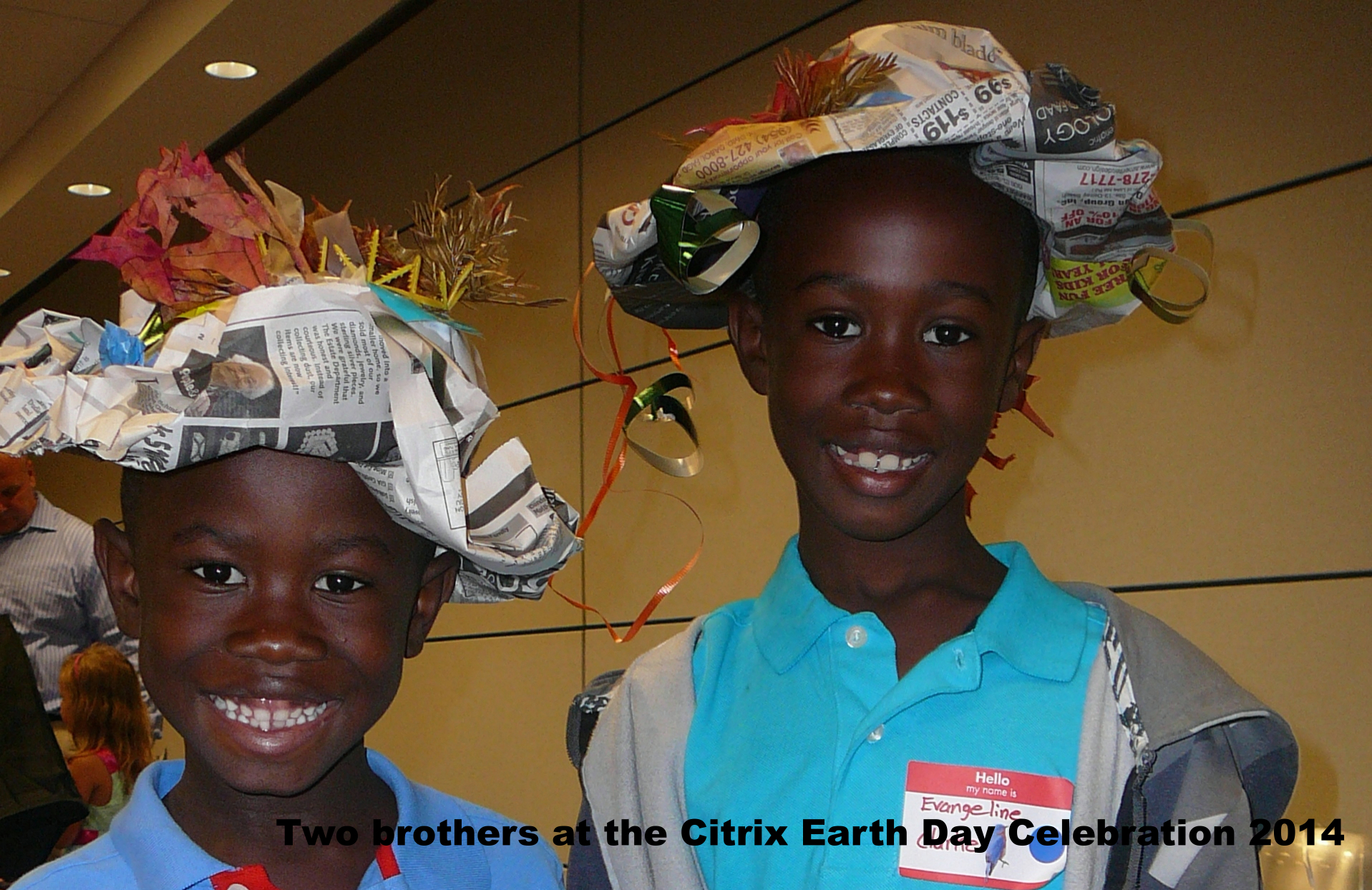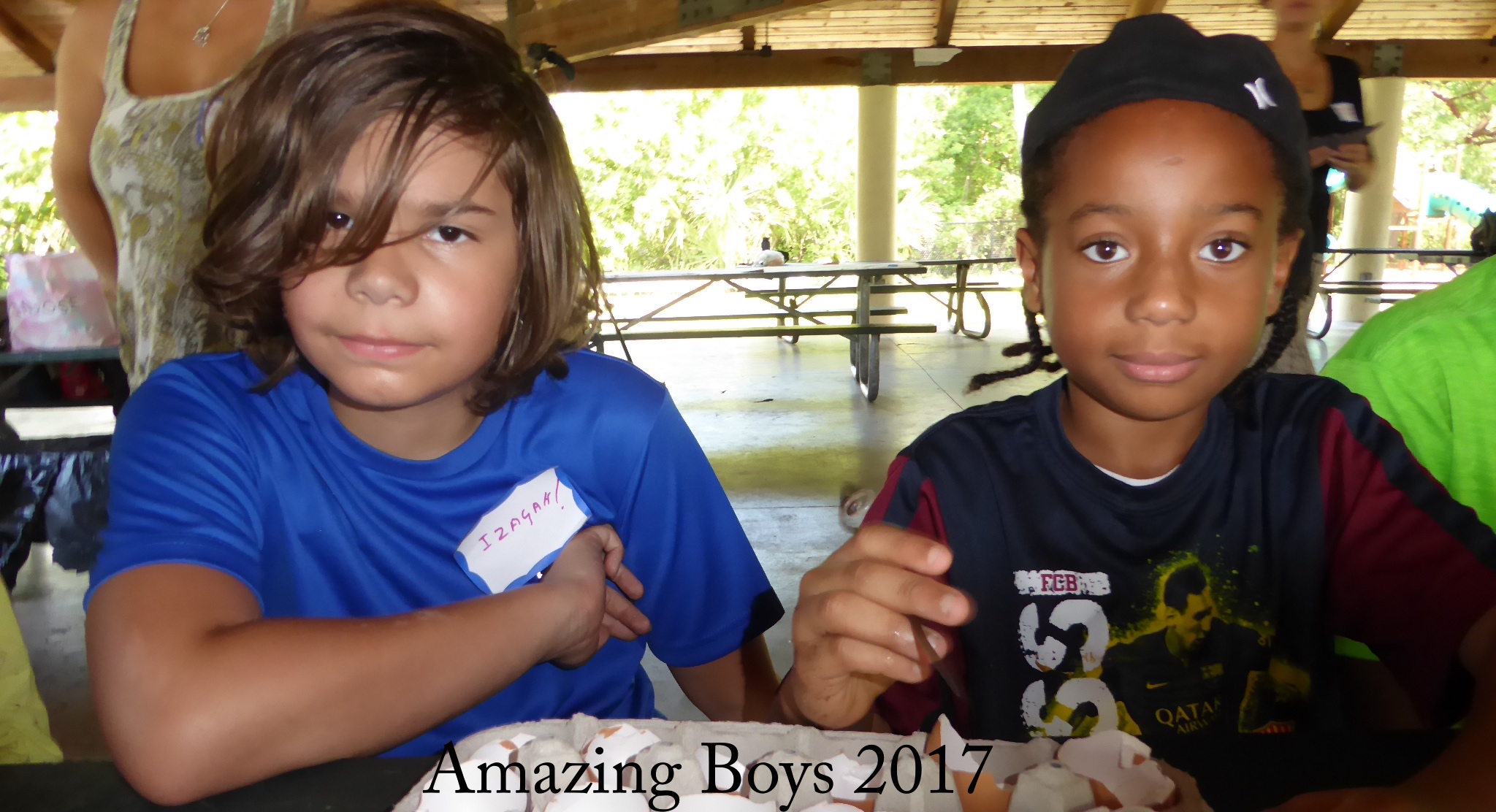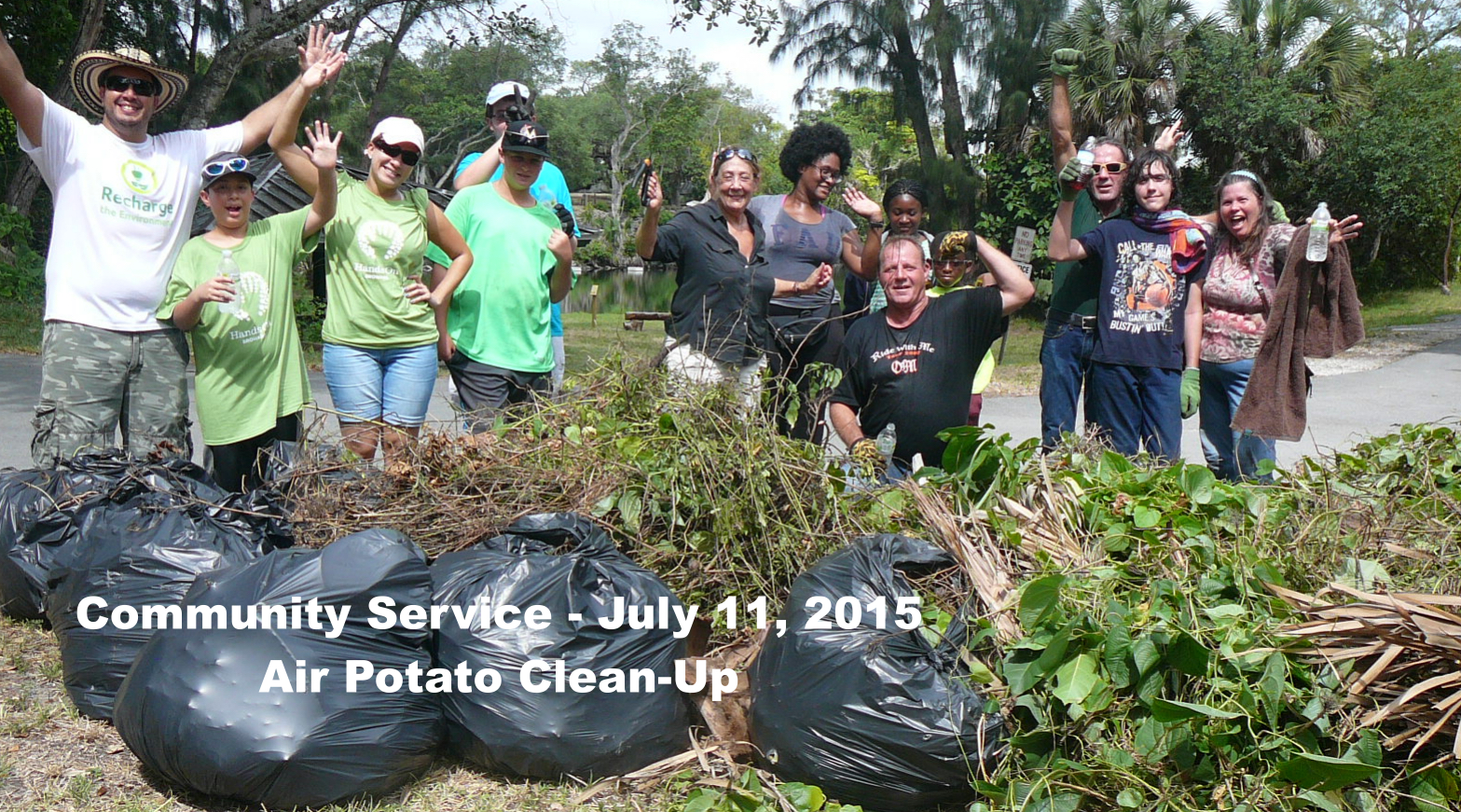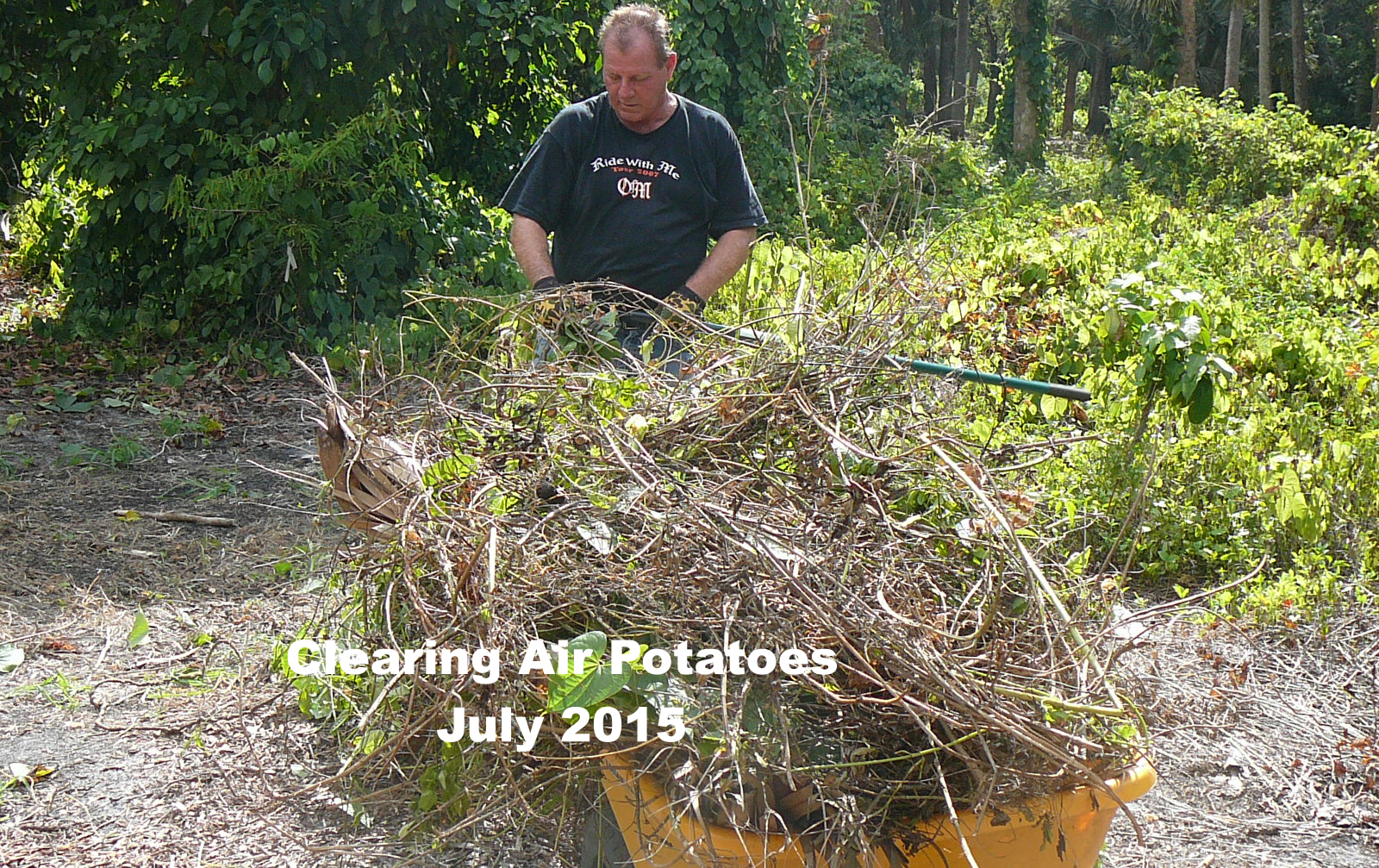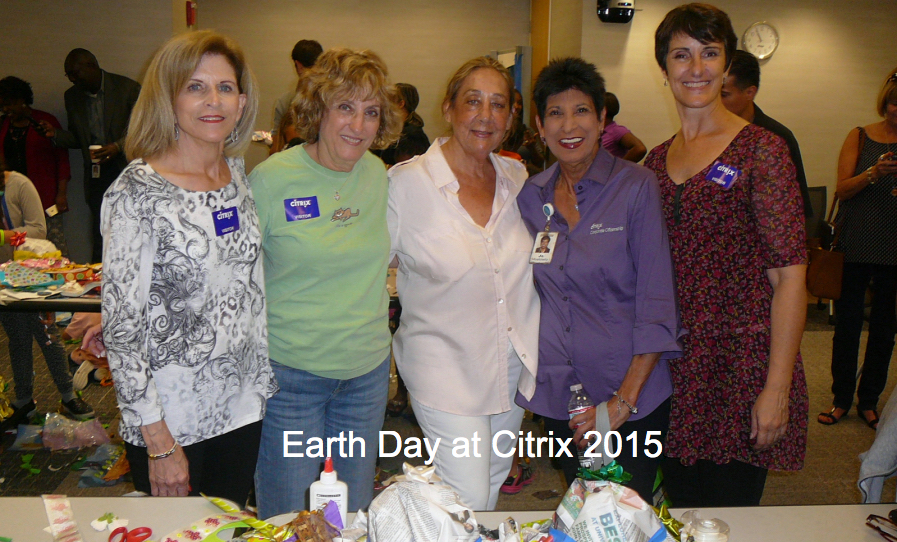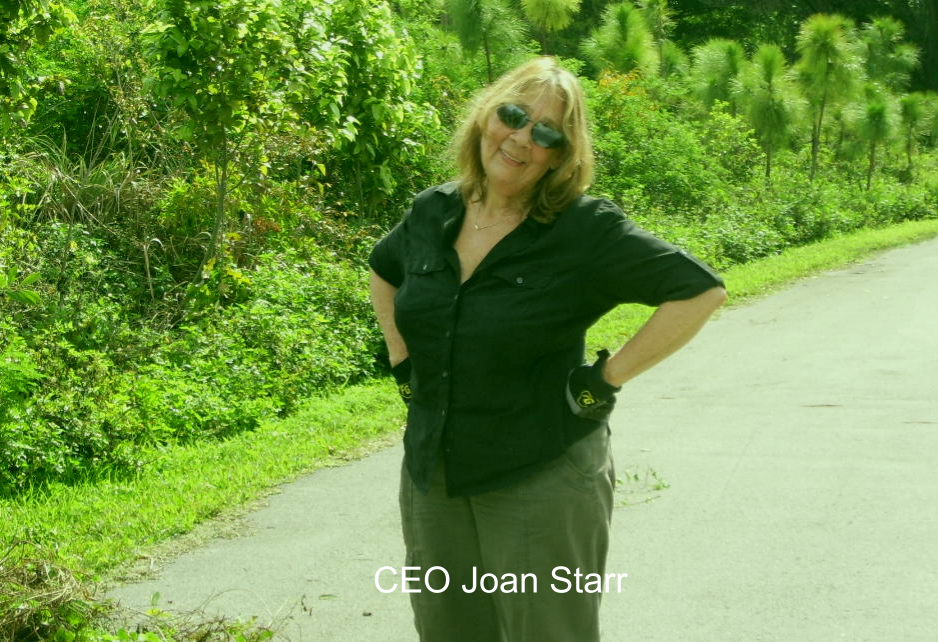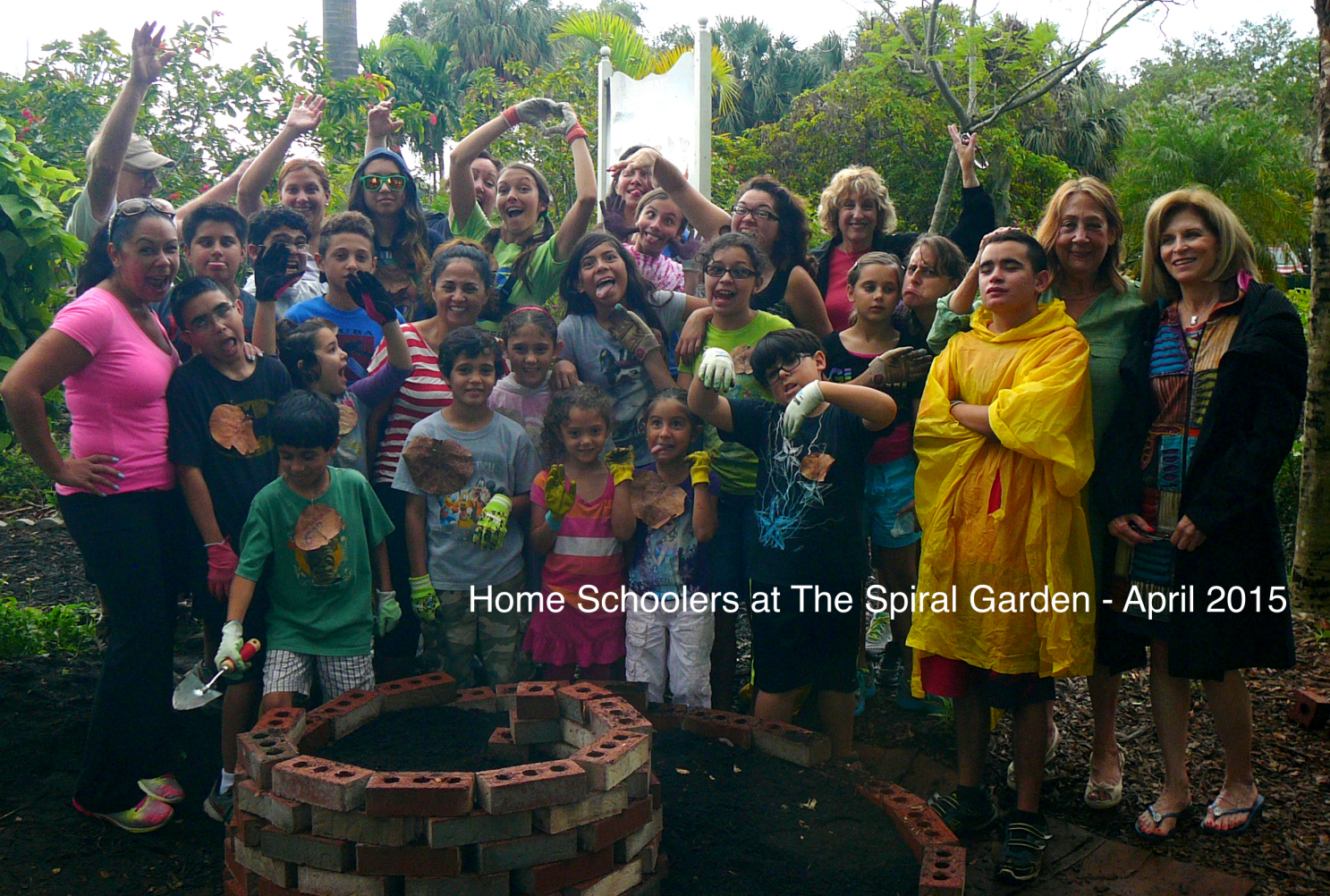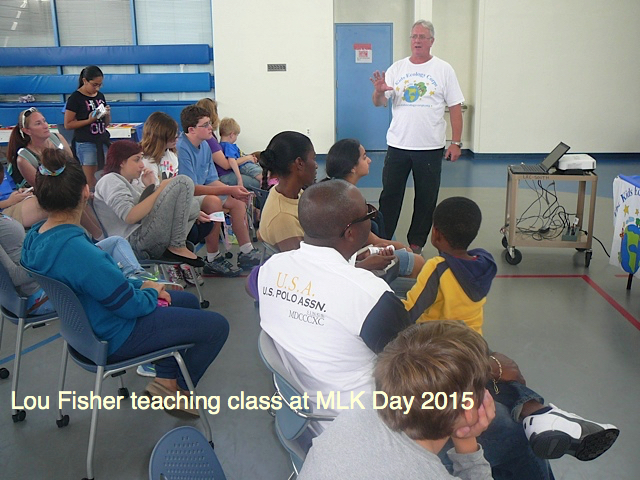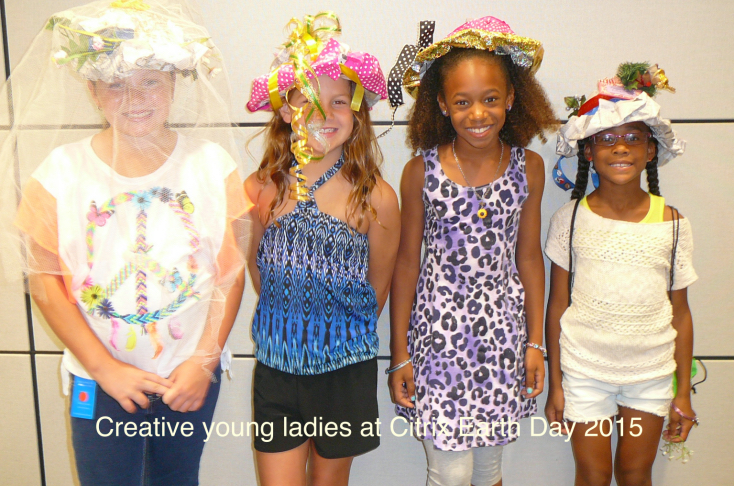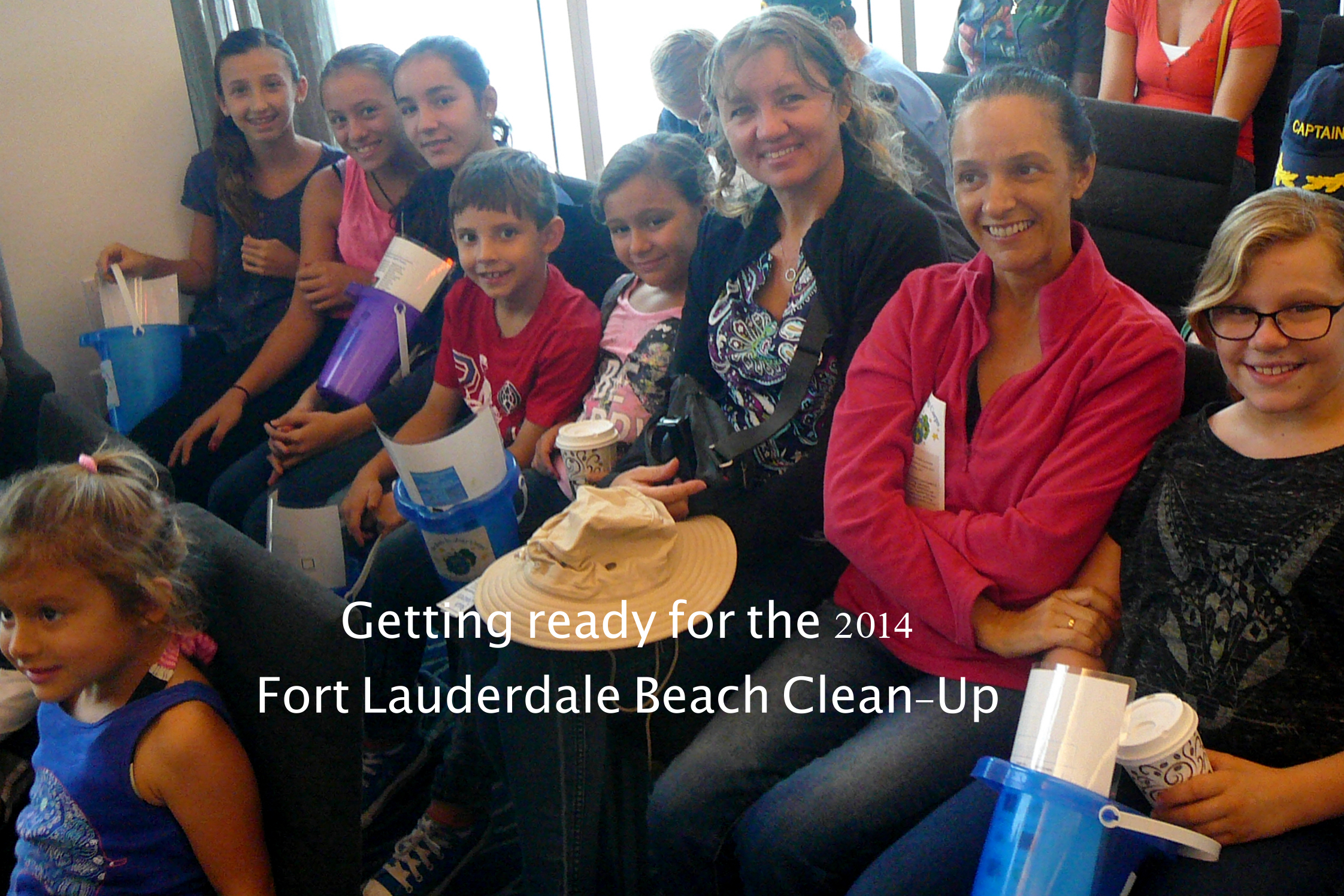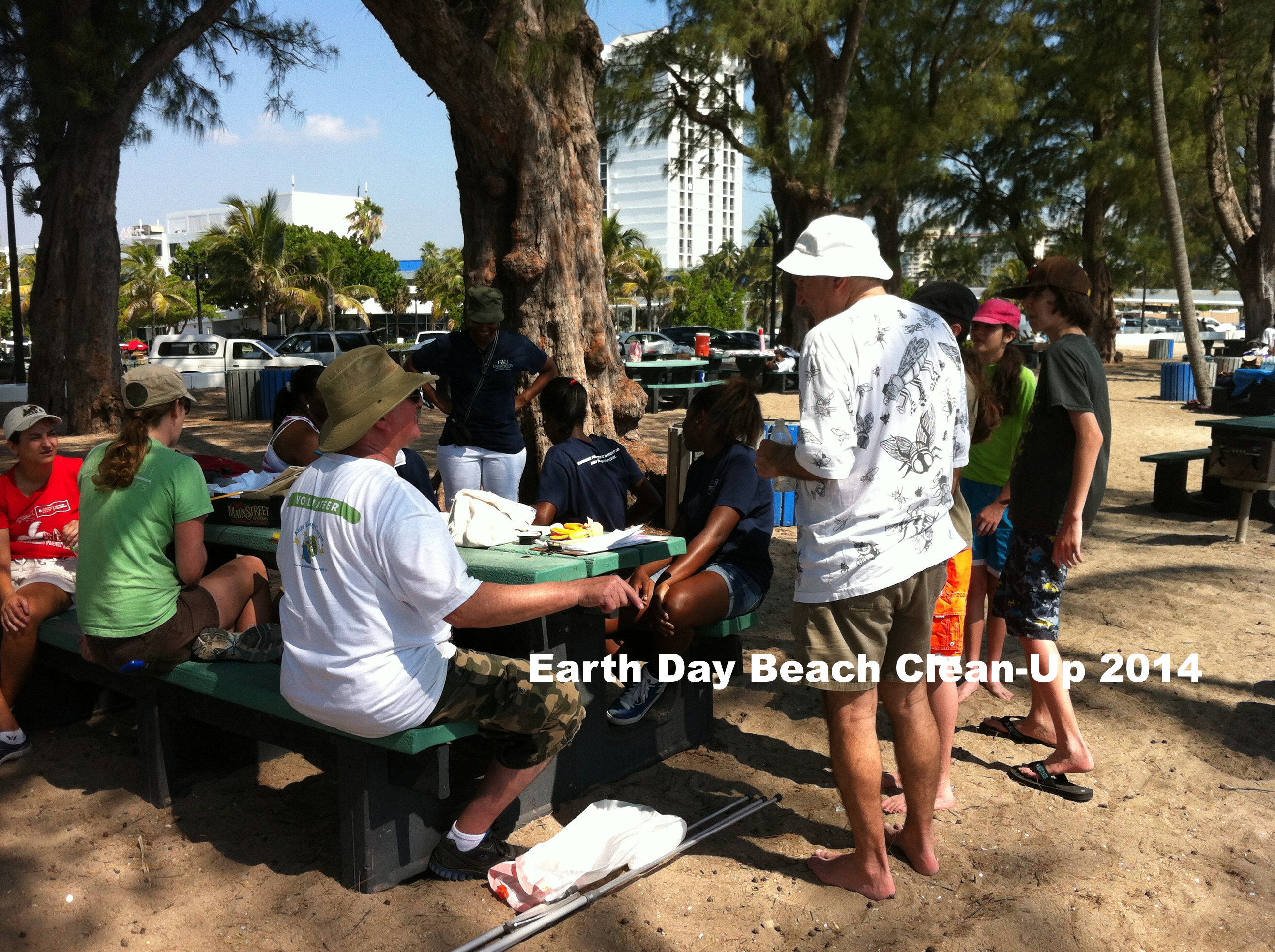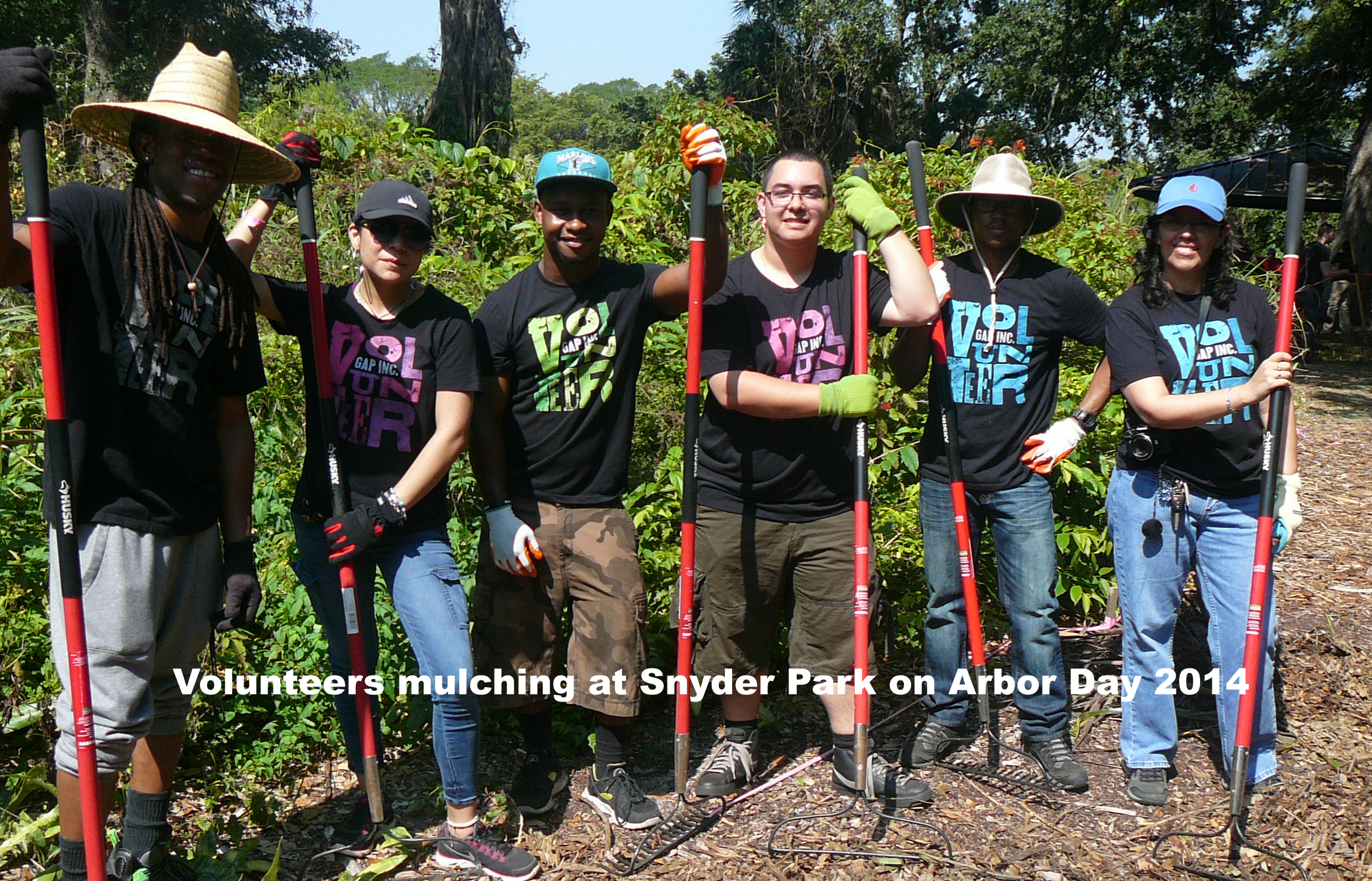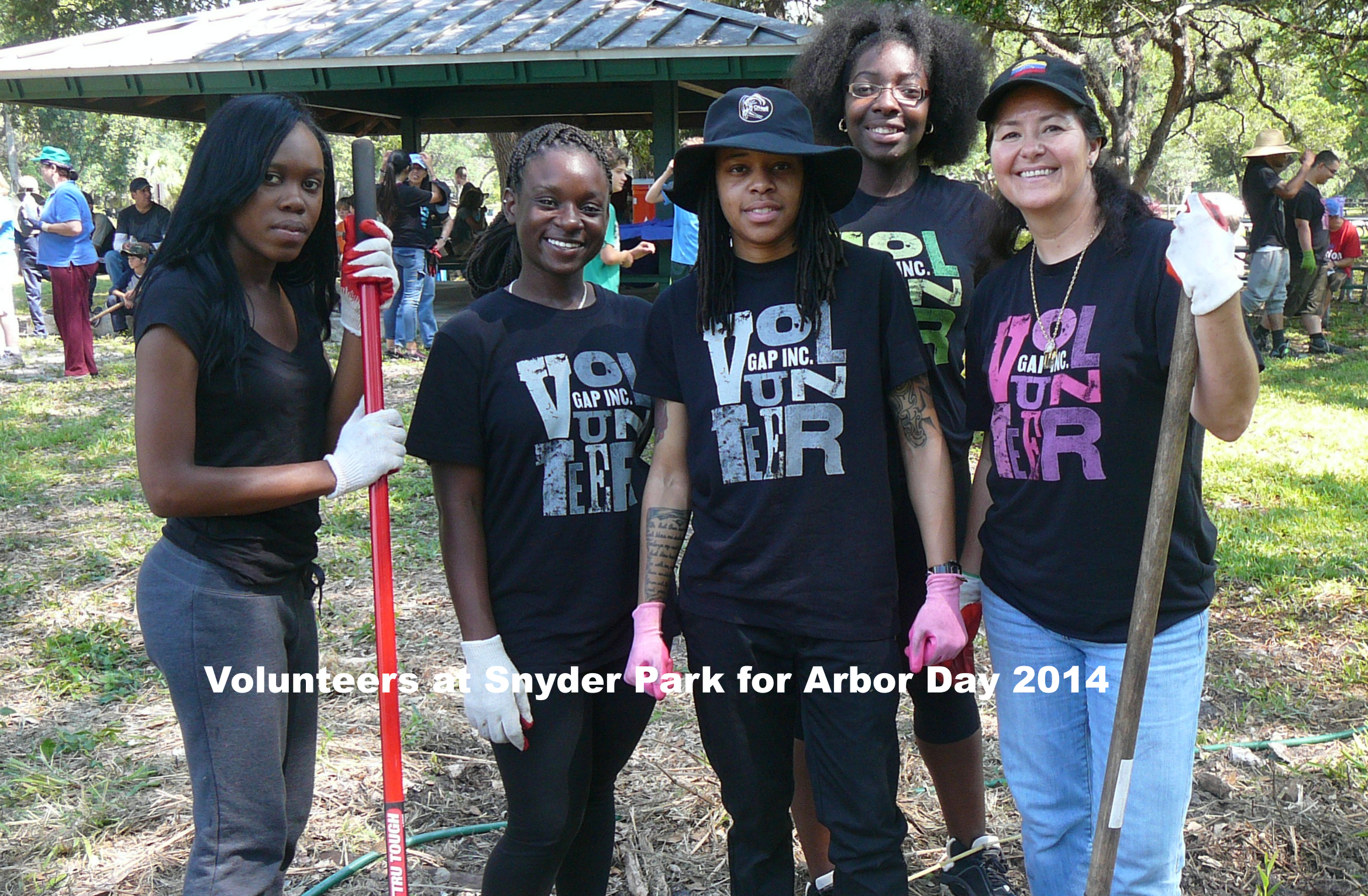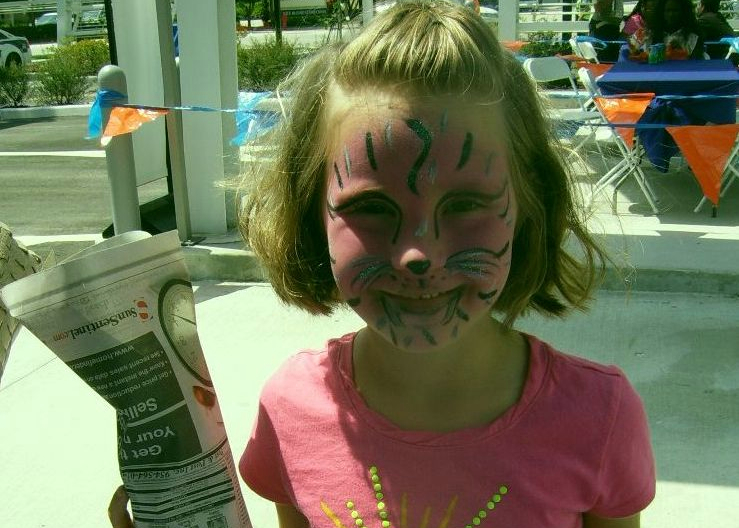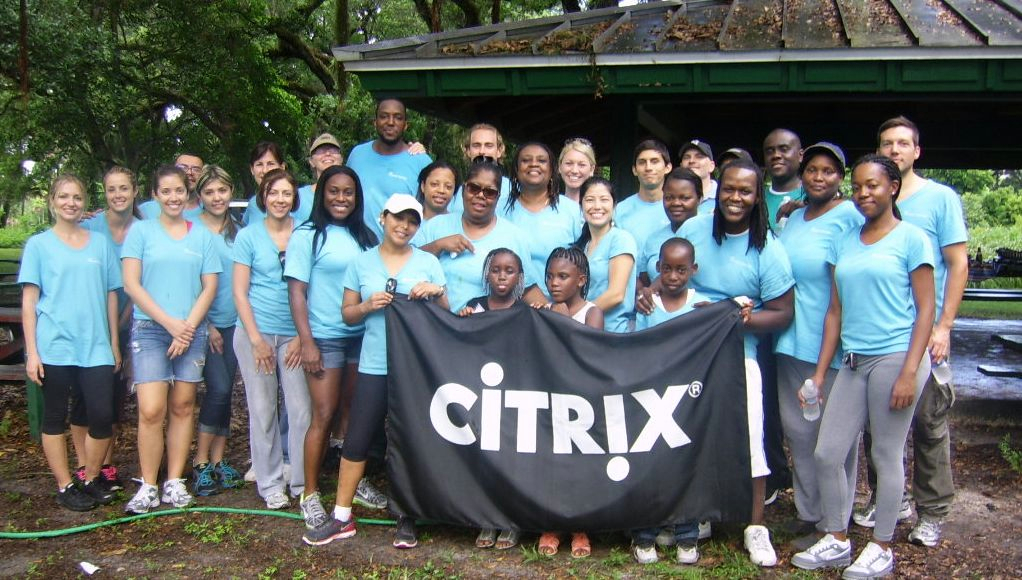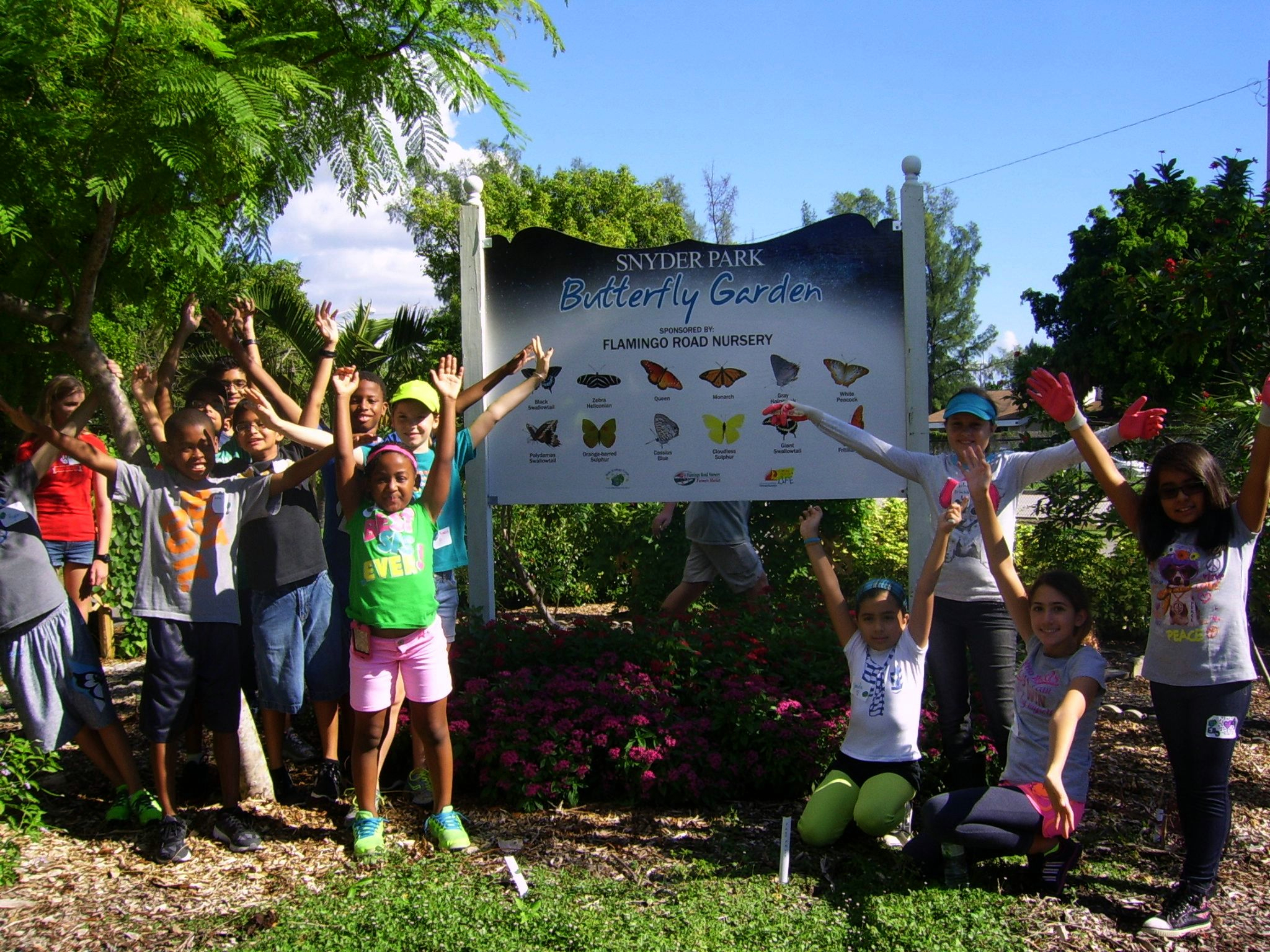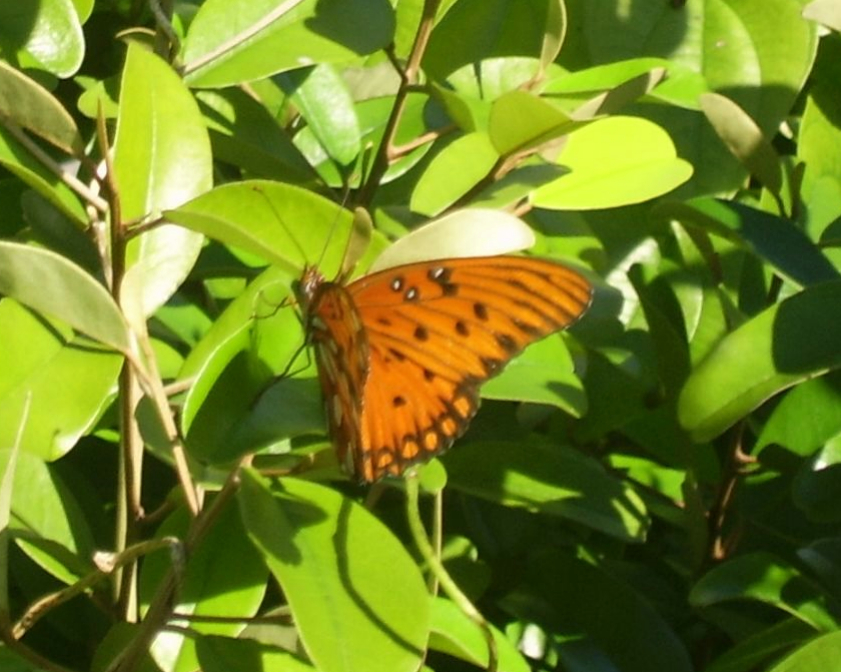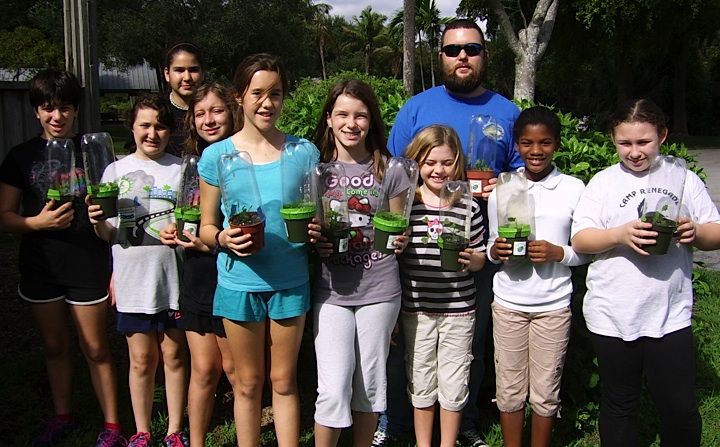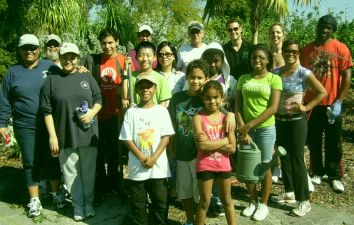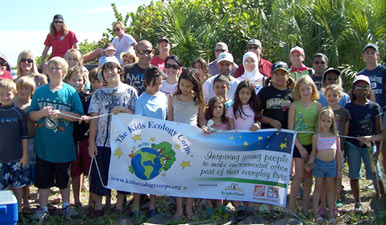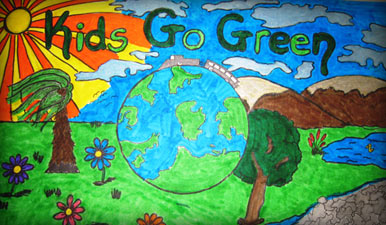You can build your own rainforest –well, something a lot like one–in your classroom or home.
Water moves in a never-ending cycle. The forms of water are always changing. Water moves from sky to Earth and back to sky again. The water that we use today has been around since the beginning of the earth. The water we use has been precipitation and water vapor. It has traveled through rivers, oceans and even been consumed by other animals like dinosaurs. The water we have coming out of the tap could have traveled through a river in Africa and been used by a heard of elephants to bathe! This never-ending cycle is called the WATER CYCLE.
A terrarium is a closed container with a plant or plants inside. It is a miniature ecosystem: a model of a forest. It is easy to observe what happens in our terrariums because they are so small. In real life, it is hard to observe changes in our environment because it is so big. We can use what we observe in our terrariums to understand what might happen on our planet and to understand the water cycle.
Vocabulary
- Rainforest – a forest with a high amount of rainfall.
- Condensation– the change of water from gas to liquid. Example: water droplets outside on a cold soda can.
- Evaporation– the process of converting or changing a liquid into a vapor.Example: dew disappearing from grass.
- Precipitation– water droplets or ice particles condensed from atmospheric water vapor and sufficiently massive enough to fall to earth’s surface as rain, snow or hail.
- Water cycle– the cycle of earth’s water supply from the atmosphere to the earth and back, which includes precipitation, transpiration, evaporation, runoff, infiltration, percolation and storage in water bodies and ground water.
- Water vapor– the gaseous state of water. Example: steam from boiling water.
- Ground water– water that percolates through the earth and becomes part of an underground body of water.
Time:
- Set up: 20 min
- Activity: 1 hour to many days
You will need:
- A large fish tank (you can also use a 2L soda bottle cut in half)
- Some small gravel
- Some charcoal (you can get a bag of charcoal used for orchids)
- Some very rich potting soil (like you get at the local garden shop) or compost from your yard, enough to cover the entire floor of the aquarium tank with 1 inch of soil
- A few tropical plants (ask your garden shop manager to help you)
- Some tap water
- A piece of glass large enough to cover the top of the aquarium–make sure it will cover the entire opening in the top.
Here’s What You Do:
- Put the gravel and charcoal in the bottom of the aquarium/soda bottle.
- Now put the potting soil (or compost) in a layer of at least 1 inch on top of the gravel and charcoal.
- Dampen the soil.
- Plant the plants around the aquarium/soda bottle.
- Spray 10 spritzes of water from a spray bottle into the aquarium/soda bottle.
- Put the glass over the top. If you would like to, you can put clear tape around the edges to seal it. (If using soda bottle – put the top half on and seal with clear packing tape.)
- Put your new terrarium in a warm, well-lit spot.
- Watch what happens–keep a notebook.
Questions to Answer
- In a few hours, what do you find on the underside of the glass?
- Touch the glass. Does it feel warm?
- How is your terrarium like a rainforest?
- How do you think your plants will grow?
- Does it look like you have to add water very often?
After a week:
- Take off the top of the terrarium and feel the soil. Is the soil still moist? Why? Is it dry? Why?
- If the water evaporated, where did it go?
Extension ideas:
- Pollute some of the terrariums using vinegar or detergent. Discuss water pollution.
- Create different terrarium ecosystems i.e. a desert terrarium using succulent plants, a beach ecosystem using shells, dune plants and grasses, an everglades terrarium
- Grow mangroves and take a beach field trip to plant these propagules or saplings
